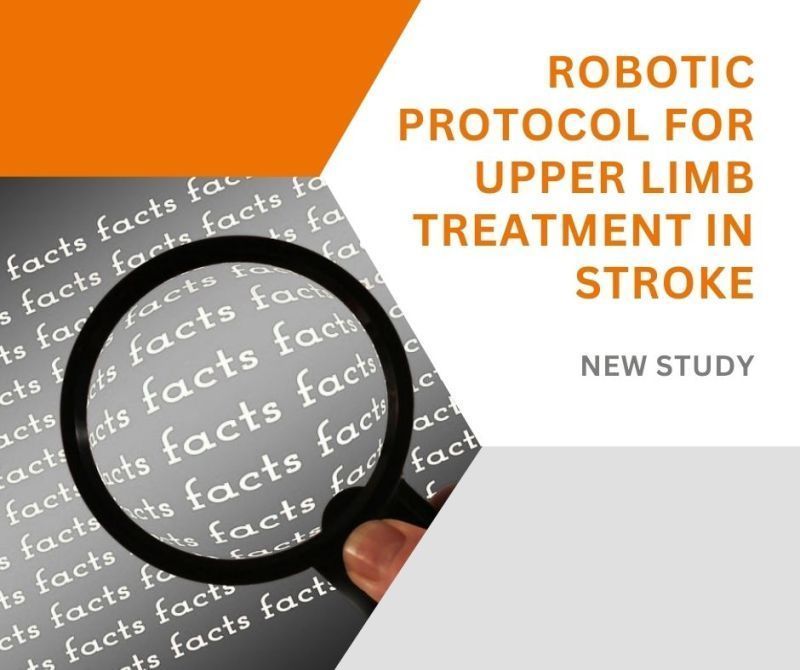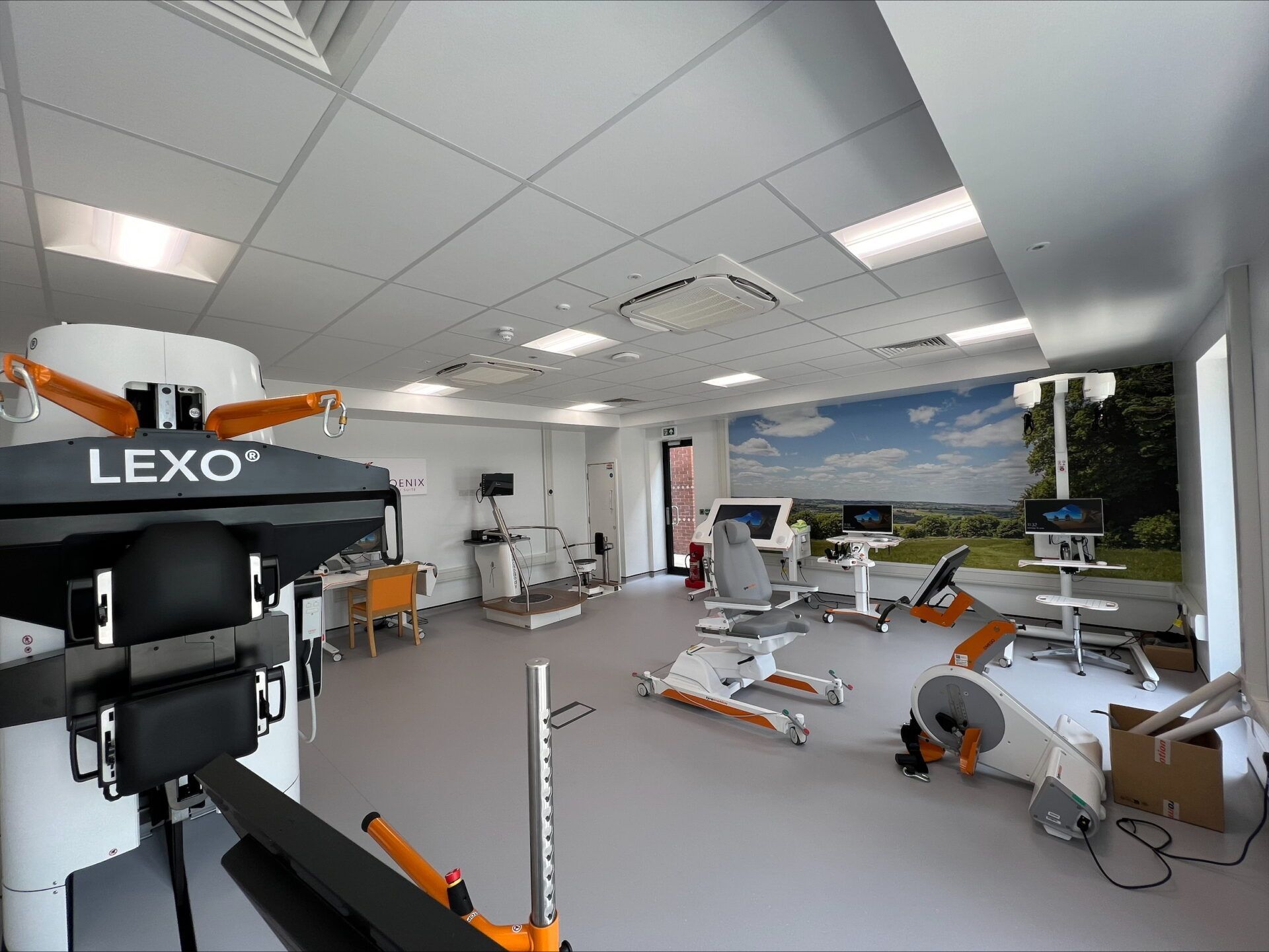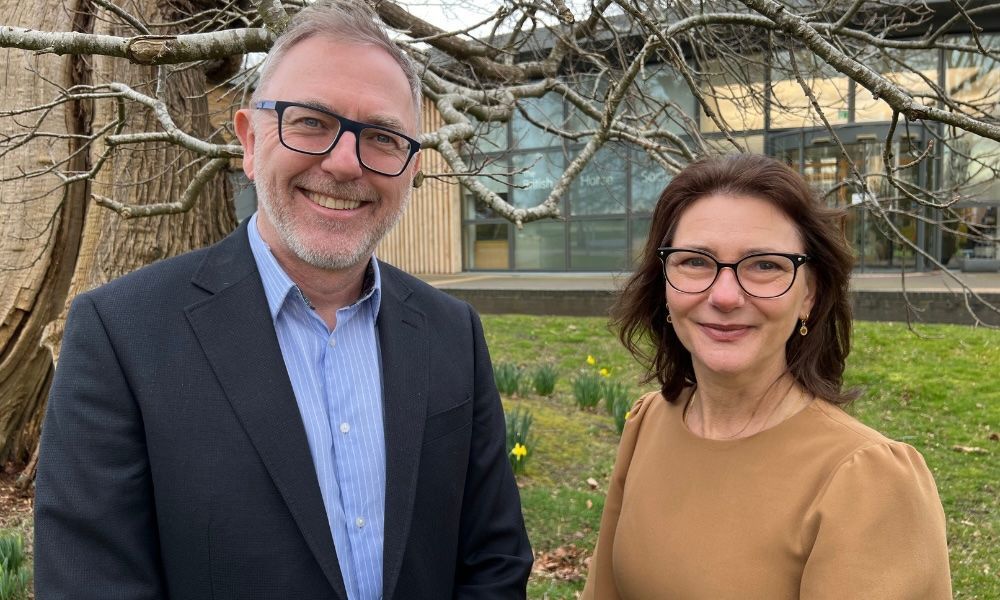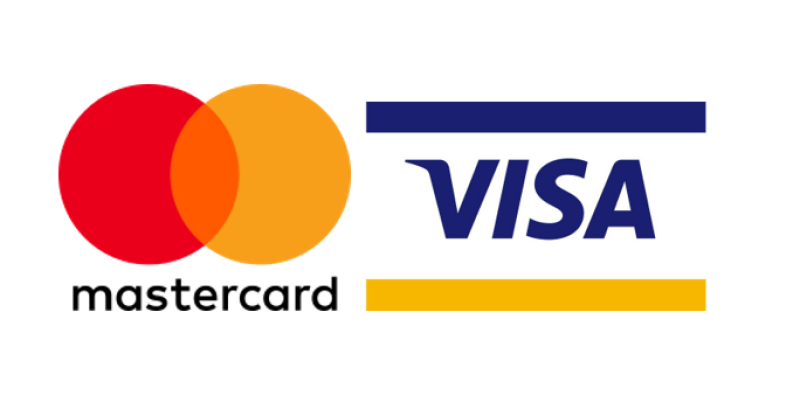Robotic-assisted rehabilitation protocol for upper limb treatment in stroke: New Research Study
Researchers from IRCCS Fondazione Don Carlo Gnocchi ONLUS in Italy, evaluate the effectiveness of a customised robotic upper limb rehabilitation protocol for the treatment of stroke patients.

The study analysed clinical data from 81 patients with subacute stroke who underwent 30 sessions of upper limb robotic rehabilitation. Of these, 49 patients received treatment using the customised robotic protocol (experimental group), while 32 patients received standard robotic therapy without customised protocol (control group). The rehabilitation program included AMADEO®, DIEGO®, and PABLO® by Tyromotion.
Results from the study revealed significant improvements in both groups in terms of upper limb motor function, strength, and activities of daily living. However, the experimental group, which received treatment with the customised robotic protocol, yielded greater recovery in upper limb motor function and strength compared to the control group.
The findings highlight the importance of customised treatment approaches in stroke rehabilitation. Tailored robotic therapy protocols hold the potential to further improve the effectiveness and consistency of robotic rehabilitation programs in the future.
More information:
Pavan et al. Implementation of a robot-mediated upper limb rehabilitation protocol for a customised treatment after stroke: A retrospective analysis. NeuroRehabilitation. 2024; 54(3):411-420.
For more information about AMADEO, DIEGO and PABLO or to organise a quote for your hospital or clinic, please email: enquiries@ectron.co.uk
Share this post
More Recent News




